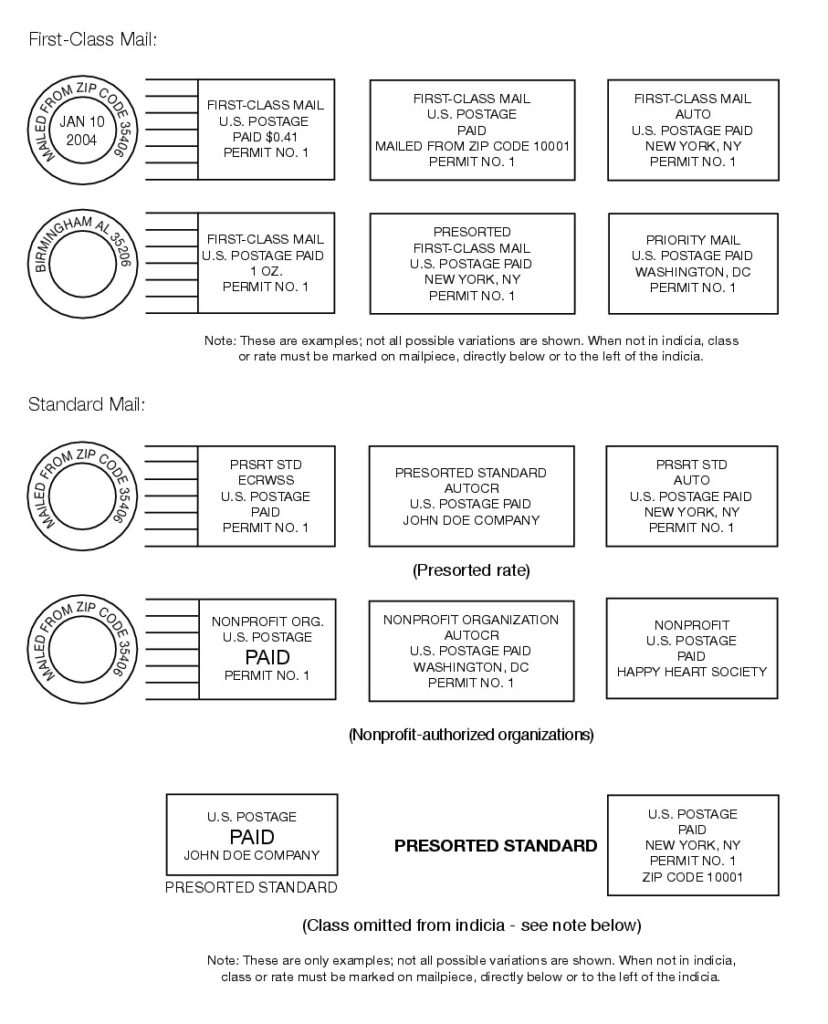In the evolving landscape of marketing, direct mail remains a powerful tool for reaching consumers. However, navigating the complexities of legal and ethical compliance is crucial for maintaining trust and credibility. A vital component of this compliance in direct mail campaigns is the incorporation of opt-out mechanisms. This feature not only respects consumer preferences but also adheres to legal standards, ensuring that your marketing practices are both effective and responsible.
Understanding Opt-Out Mechanisms
Opt-out mechanisms allow recipients to indicate their preference not to receive future communications from a brand. This can be facilitated through various means such as a return postcard, a toll-free phone number, or a website link provided within the mail piece. The mechanism should be clear, straightforward, and easy for the recipient to execute.
Legal Requirements
In many regions, including the United States and European Union, regulations such as the CAN-SPAM Act and the GDPR mandate the inclusion of opt-out options in direct marketing efforts. These laws are designed to protect consumer privacy and give individuals control over their personal information. Failing to provide a clear opt-out mechanism can lead to legal repercussions, including hefty fines and damage to brand reputation.
Enhancing Consumer Trust
Beyond compliance, offering an easy opt-out option is a good business practice that can enhance consumer trust. When recipients know that they can easily stop receiving mailings, they’re more likely to view the brand as respectful and trustworthy. This perception can lead to enhanced brand loyalty and customer retention, even among those who choose to opt out of direct mail.
Best Practices for Implementing Opt-Out Mechanisms
- Visibility: Ensure that the opt-out information is prominently displayed and easy to find. Consumers should not have to search through fine print to discover how to unsubscribe.
- Simplicity: Opt-out procedures should be straightforward and easy to complete. Complicated processes can frustrate consumers and damage your brand’s reputation.
- Confirmation: Once a consumer opts out, promptly confirm their decision and quickly process their request. This helps to avoid any confusion and ensures compliance with regulations that often require a swift action.
- Data Management: Maintain an accurate and up-to-date list of individuals who have opted out. This not only ensures compliance but also improves the efficiency and effectiveness of your direct mail campaigns.
The Strategic Advantage
Implementing effective opt-out mechanisms is not just about avoiding penalties; it’s about building a respectful relationship with your audience. By empowering consumers to control their interactions with your brand, you create a more positive and engaging experience. This approach not only mitigates legal risks but also enhances the overall impact of your direct mail campaigns.
For agencies like ROI Wire, focusing on the strategic integration of opt-out mechanisms into direct mail campaigns is essential. It ensures compliance with legal standards, fosters consumer trust, and ultimately, supports the achievement of marketing goals through ethical practices. Remember, a well-managed opt-out system is a hallmark of a responsible and consumer-friendly brand.










